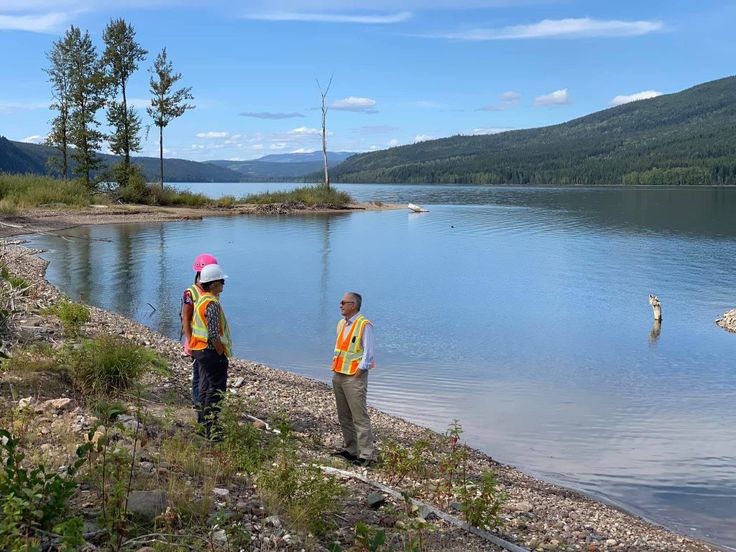When embarking on any construction or development project, one of the most crucial steps often overlooked is a detailed site investigation detailed site investigation. While it might seem like just another box to tick off in the planning process, a comprehensive site investigation can mean the difference between a successful project and a costly disaster. Let’s delve into why these investigations are vital and what hidden risks they can uncover.

What is a Site Investigation?
A site investigation is a systematic process that assesses the physical and environmental conditions of a location prior to development. This can include soil testing, groundwater analysis, and assessments of existing structures and materials. The goal is to gather data that informs project planning, design, and safety measures.
Why is a Detailed Site Investigation Necessary?
1. Identifying Geological Risks
One of the primary purposes of a site investigation is to understand the geological conditions of the area. Soil stability, rock formations, and groundwater levels can all affect construction. If these factors are not properly assessed, they can lead to structural failures, landslides, or even catastrophic collapses. For example, building on expansive clay or near fault lines can pose significant risks that need to be mitigated through proper engineering solutions.
2. Detecting Contaminated Land
In many regions, especially urban areas, sites may be contaminated with hazardous materials from previous uses. A thorough site investigation can uncover these contaminants, such as heavy metals, petroleum products, or asbestos. Knowing the extent of contamination allows developers to plan for remediation, ensuring safety for workers and future occupants.
3. Understanding Environmental Impact
Environmental regulations are becoming increasingly stringent. A detailed site investigation helps assess how a project will impact local ecosystems, water resources, and air quality. This information is critical for obtaining permits and can also guide sustainable design choices that minimize negative effects on the environment.
4. Evaluating Infrastructure Compatibility
Before construction begins, it’s essential to understand the existing infrastructure around the site. This includes utilities, transportation access, and neighboring structures. A detailed site investigation can reveal potential conflicts, such as inadequate drainage systems or overloaded power lines, which could lead to delays and increased costs if not addressed early.
5. Reducing Financial Risks
Investing in a site investigation may seem like an added expense, but it is an investment in risk reduction. By identifying potential problems before construction begins, developers can avoid costly delays, legal issues, and redesigns. This proactive approach not only saves money but also helps maintain timelines and project viability.
Best Practices for Conducting a Site Investigation
To reap the benefits of a detailed site investigation, it’s essential to follow best practices:
- Hire Experienced Professionals: Engage geotechnical engineers and environmental scientists who have a proven track record in site investigations. Their expertise will ensure thorough assessments.
- Use Advanced Technology: Employing modern tools like Ground Penetrating Radar (GPR) and Geographic Information Systems (GIS) can enhance data collection and analysis.
- Conduct a Comprehensive Review: A detailed investigation should include historical research, soil sampling, and environmental assessments to ensure no stone is left unturned.
- Engage Stakeholders Early: Communicate with local authorities, community members, and stakeholders to gather insights and address concerns.
Conclusion
In the world of construction and development, knowledge is power. A detailed site investigation is not just a regulatory requirement; it’s a critical step in uncovering hidden risks that could jeopardize a project. By investing the time and resources into this process, developers can pave the way for successful, safe, and sustainable projects that stand the test of time. Don’t overlook this essential phase—your future self will thank you!